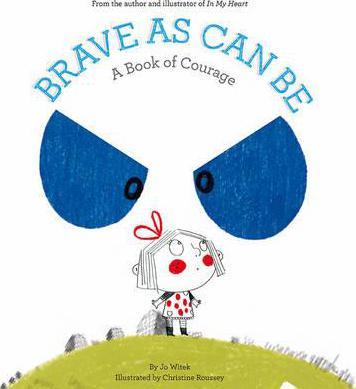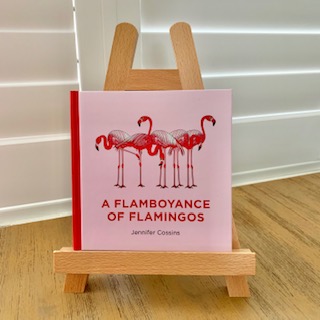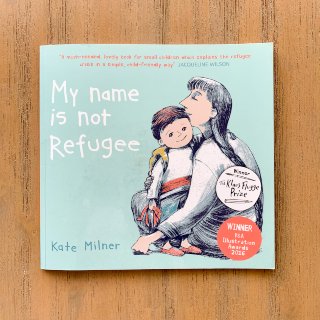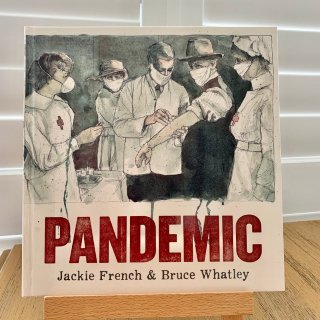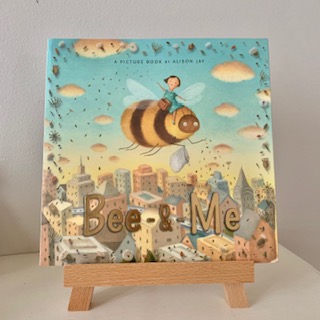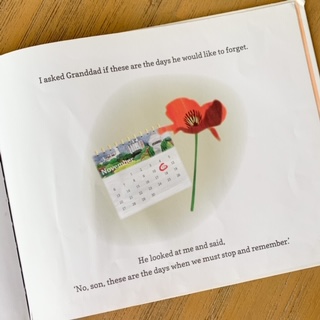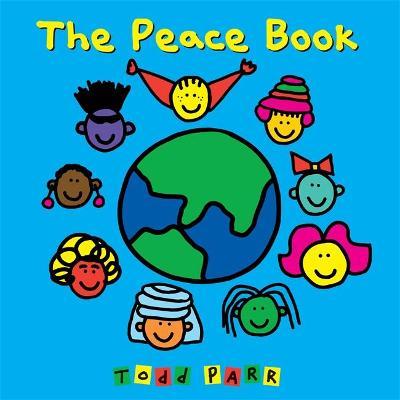Brave As Can Be
Free lesson plan, writing template and printable word-search puzzles for kids
Best suited to:
K – Year 3
KLAs covered:
English, PDH
Learning:
- fear is a normal human emotion which we all feel;
- it’s ok to be scared and to feel fearful;
- lots of different things can scare us at different ages and at different times;
- what fear can feel like in our bodies;
- sometimes it’s fun to be scared and to scare other people (spooky stories, etc);
- there are lots of different ways we can help ourselves feel brave when we feel scared, including talking to ourselves about our fears;
- as we grow older, the fears we had as younger children often disappear;
Need to know:
- this book was written by Jo Witek and illustrated by Christine Roussey who wrote and illustrated In My Heart. It features the same little girl and is written in the same style and follows a similar format;
- the pages are heavy card with cut-outs which reveal that the thing that looks scary on one page is actually not so scary when you turn the page and see what it really is;
- the story is written in the first person and follows a little girl as she describes all the things she was afraid of when she was younger and some of the things she is still afraid of;
- the book does a good job of describing how fear feels in our bodies and some of the things which typically cause children to feel afraid;
- the (unnamed) little girl in the book often talks herself through her fears so they don’t feel so scary;
- this book normalises feeling scared and prompts great classroom discussions about feelings in general and fear in particular;
- this text is great for introducing and extending children’s vocabulary around emotions and for building emotional literacy;
Discussion Questions (before reading):
- discuss the cover and title: what do you see? What do you think the book will be about?
- for younger children (K-Year 2): point out the author’s name and discuss the terms ‘author’ and ‘illustrator’;
- ask the children: what do the words ‘brave’ and ‘courage’ mean? Can you think of a time when you felt brave? Can you think of a time when you didn’t feel very brave? What is the opposite of feeling brave?
Discussion Questions (after reading):
- ask children what they thought about of the book. Did they like it? Not like it? Why? Which was their favourite page;
- ask the children to share something that makes them feel scared/frightened. Can they describe how their body feels when that happens and they are scared? (shaky inside, can’t think, just want to run away, etc). You can write these on the classroom whiteboard;
- tell the children that feeling scared is normal and it’s our body trying to protect us from something that might hurt us. Use an example given by the children about something that scares them and ask: when you see this and your body feels shaky, what do you think your body might be trying to tell you? (to run away from a scary dog, to find mum when we get separated from her so she can keep us safe, etc);
- ask the children if they can remember some of the things the little girl did to give herself courage when she felt scared (seeks reassurance from mum, sings a song, reminds herself that the noise is just a storm, imagines something that’s not scary in place of the scary thing);
- ask the children if there are things they do to help themselves feel brave when they are scared. Write these on the classroom whiteboard;
- remind the children that the little girl said that sometimes it’s fun to be scared. Ask the children if they agree. Is it ever fun to feel scared? When might it be fun?
- discuss the author’s message: why do you think she wrote the book? What do you think she wants us to think about after we’ve read the book?
Activities
- children complete a wordsearch using vocabulary from the story;
- children write and/or draw a response to the story;
- children write about a time when they felt scared: what happened? Who was involved? How did the fear feel in their bodies? What did they do? Did anyone help them? What happened afterwards?
- older children write a story about someone feeling afraid, ensuring their story has a beginning, middle and end. Depending on the class, you may like to model this process on the classroom whiteboard (model brainstorming a character or characters, an idea for an incident which makes one character feel afraid, what he or she does, etc);
Your free, printable word-search puzzles and writing template
These free, printable word-search puzzles for kids are great for building and reinforcing the vocabulary used when discussing Brave As Can Be. They’re especially helpful for EAL/D students.
There are three different puzzles in this file to enable you to differentiate the activity according to the learning needs of your students.
Download and print our free writing template for use with the picture book Brave As Can Be here (PDF).

